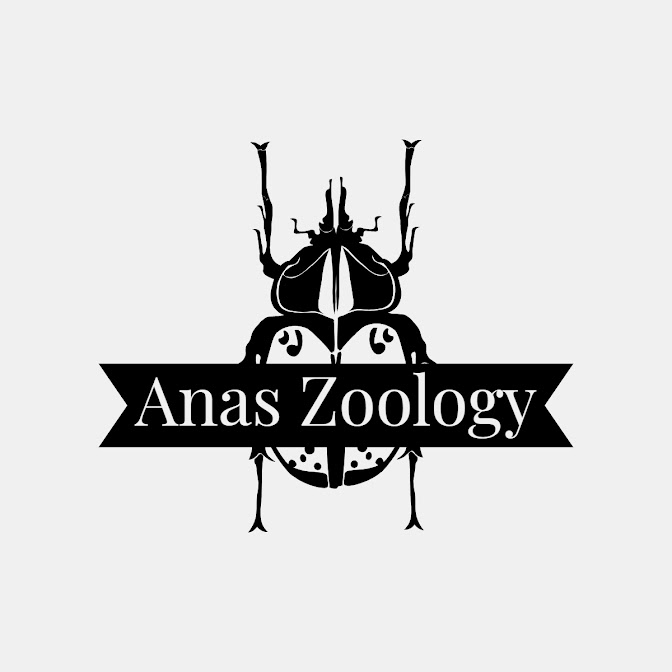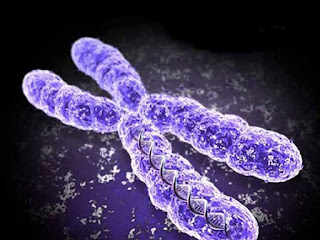Lady Finger (Abelmoschus esculentus)

(Image Source: https://tropical.theferns.info/image.php?id=Abelmoschus+esculentus ) Lady finger, also known as Okra is a flowering plant native to tropical Africa and is cultivated throughout India. Raw okra contains 90% water, 7% carbohydrates and 2% proteins and negligible amount of fat. It is a rich source of vitamin C and vitamin K. The pods show antitumor activity. The flowers contains flavonol glycosides. Flavonol glycosides are known to possess antioxidative properties. RECENT POSTS: Snakeskin Liverwort: https://anaszoology.blogspot.com/2022/08/snakeskin-liverwort.html





